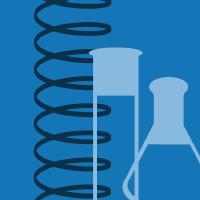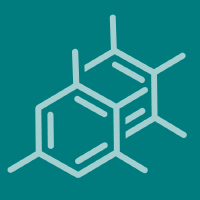Topic Editors

Advances in Solvent Extraction

Topic Information
Dear Colleagues,
Solvent extraction is a unit operation that separates a mixture of components that have different solubilities in a solvent, including liquid–liquid extraction, liquid–solid extraction, supercritical fluid extraction, microwave extraction, and other technical methods. Solvent extraction is characterized by high selectivity, good separation effects, and strong adaptability, and is mainly used in chemical separation, hydrometallurgy, food engineering, pharmaceuticals, waste treatment, and other industrial production processes. With the continuous progress of science and technology, solvent extraction technology will be increasingly applied in more fields, especially in environmental protection and industrial intelligence, with broad prospects.
Dr. Guoquan Zhang
Dr. Weizao Liu
Topic Editors
Keywords
- solvent extraction
- purification
- chromatography
- separation
- hydrometallurgy
- food engineering
- pharmaceuticals
- waste treatment
Participating Journals
| Journal Name | Impact Factor | CiteScore | Launched Year | First Decision (median) | APC | |
|---|---|---|---|---|---|---|

Analytica
|
- | 1.8 | 2020 | 17.9 Days | CHF 1000 | Submit |

Metals
|
2.6 | 4.9 | 2011 | 17.8 Days | CHF 2600 | Submit |

Molecules
|
4.2 | 7.4 | 1996 | 15.1 Days | CHF 2700 | Submit |

Processes
|
2.8 | 5.1 | 2013 | 14.9 Days | CHF 2400 | Submit |

Separations
|
2.5 | 3.0 | 2014 | 15.1 Days | CHF 2600 | Submit |

MDPI Topics is cooperating with Preprints.org and has built a direct connection between MDPI journals and Preprints.org. Authors are encouraged to enjoy the benefits by posting a preprint at Preprints.org prior to publication:
- Immediately share your ideas ahead of publication and establish your research priority;
- Protect your idea from being stolen with this time-stamped preprint article;
- Enhance the exposure and impact of your research;
- Receive feedback from your peers in advance;
- Have it indexed in Web of Science (Preprint Citation Index), Google Scholar, Crossref, SHARE, PrePubMed, Scilit and Europe PMC.


